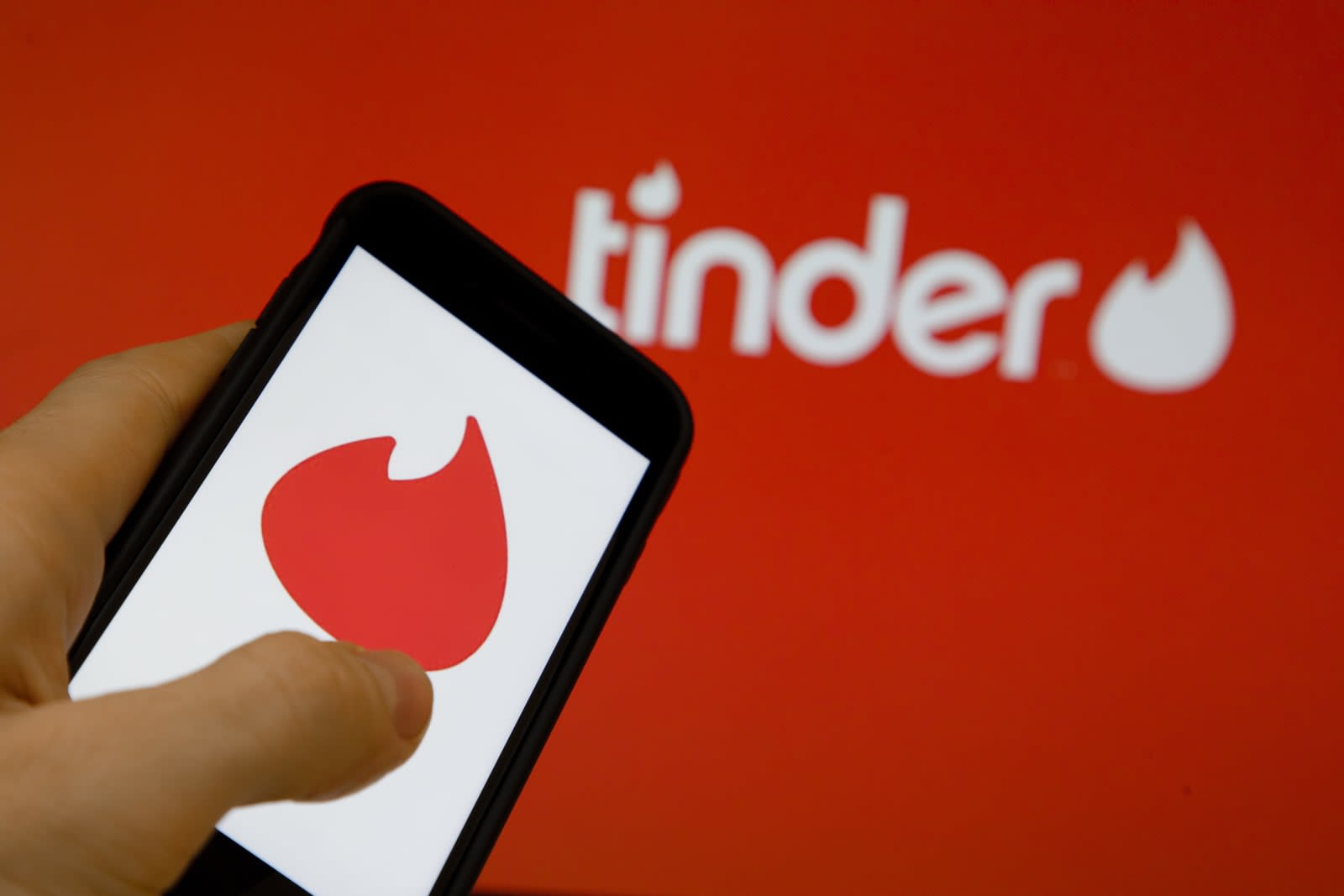Google has been holding I/O, its annual developer conference, in early May for years now. As such, there's often a lot of notable Google-focused anniversaries to recognize this time of year, and today is no exception. Eight years ago (May 11th, 2011), Google announced the first two commercially-available Chromebooks from Acer and Samsung. At the time, these were just a pair of announcements in the middle of two days of news, but it was a big milestone for Google's fledgling Chrome OS. And while it took years for Chromebooks to shake a reputation of being devices that were both cheaply-made and not very capable, we can look back now at these laptops as the start of something significant for Google.
The 11.6-inch Acer Chromebook and 12.1-inch Samsung Series 5 Chromebook were cut from similar cloth. Both used low-power Intel Atom processors, used small solid-state drives and claimed impressive battery life, at least for the time: 6.5 hours for the Acer and over 8 hours for the Samsung. With relatively small displays, both computers seemed easily comparable to the many small, low-cost Windows netbooks that were commonplace in the early 2010s. Though with prices starting at $350 and up, these Chromebooks actually cost a bit more than some netbooks running Windows 7 at the time.

With a semi-expensive price tag of $429 and an unproven OS, Samsung's Series 5 Chromebook wasn't an obvious winner -- but it turned out to be a surprisingly solid option. The hardware itself was study and well-built, the screen was decent, battery life was strong and the performance adequate -- provided that you could get by with the many limitations imposed by Chrome OS in 2011. There was basically no offline mode to speak of, Netflix didn't work and buyers only had 16GB of local storage to work with. At a time when cloud storage was both expensive and not always reliable, a Chromebook was certainly not for everyone.
But even in 2011, it was equally true that much of what one needed a computer for could be done in a web browser, assuming your needs were fairly simple. Gmail, Gchat, Google Docs and Facebook covered a lot of use cases -- and while Netflix didn't work with Chrome OS right off the bat, Google did promise it would add support before long. Add in the new cloud music locker that Google announced at I/O, and a lot of basics were covered. Indeed, when we reviewed the Series 5, we found that while it wasn't ready to be a main computer, it was far more capable than we might have anticipated.
While Chrome OS felt a bit like another beta product when it launched, the good news it that Google has kept up a steady stream of improvements. Given that Google has a bit of a reputation for abandoning and killing projects at a moment's notice, the company has been consistently supportive of Chromebooks, eventually turning them into far more than laptops that "can only run a browser." Features like offline support, better web apps and Google Play / Android compatibility all made the software experience more complete.
At the same time, Google's hardware partners quickly started selling Chromebooks under $300, making it an ideal option for students or for people who wanted a simple, low-cost laptop as a second computer. And after gaining some traction in the market with those inexpensive laptops, hardware makers followed the lead Google set with its wildly expensive but well-built Chromebook Pixel and started making higher-end Chromebooks of their own.
Now, eight years after these first consumer-ready Chrome OS devices were announced, 21 percent of all laptops sold in the US in Q4 2018 were Chromebooks. Google has also made undeniable progress in education, with one research firm estimating that Chromebooks made up 60 percent of K-12 laptop purchases in 2018. And that strength is based largely around what made Chromebooks attractive in 2011, even when they were still very much a work in progress. There's something to be said for simplicity and speed.



